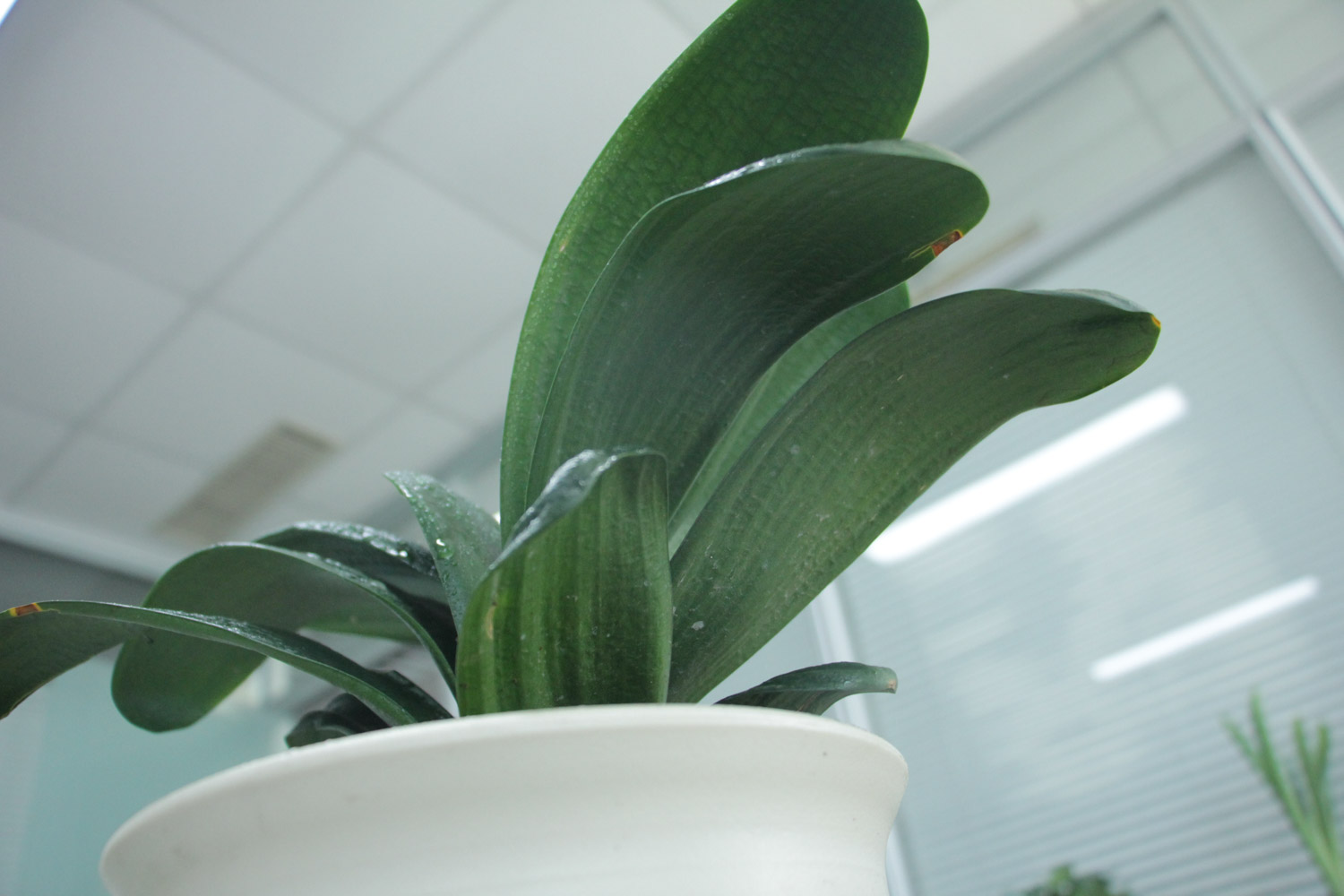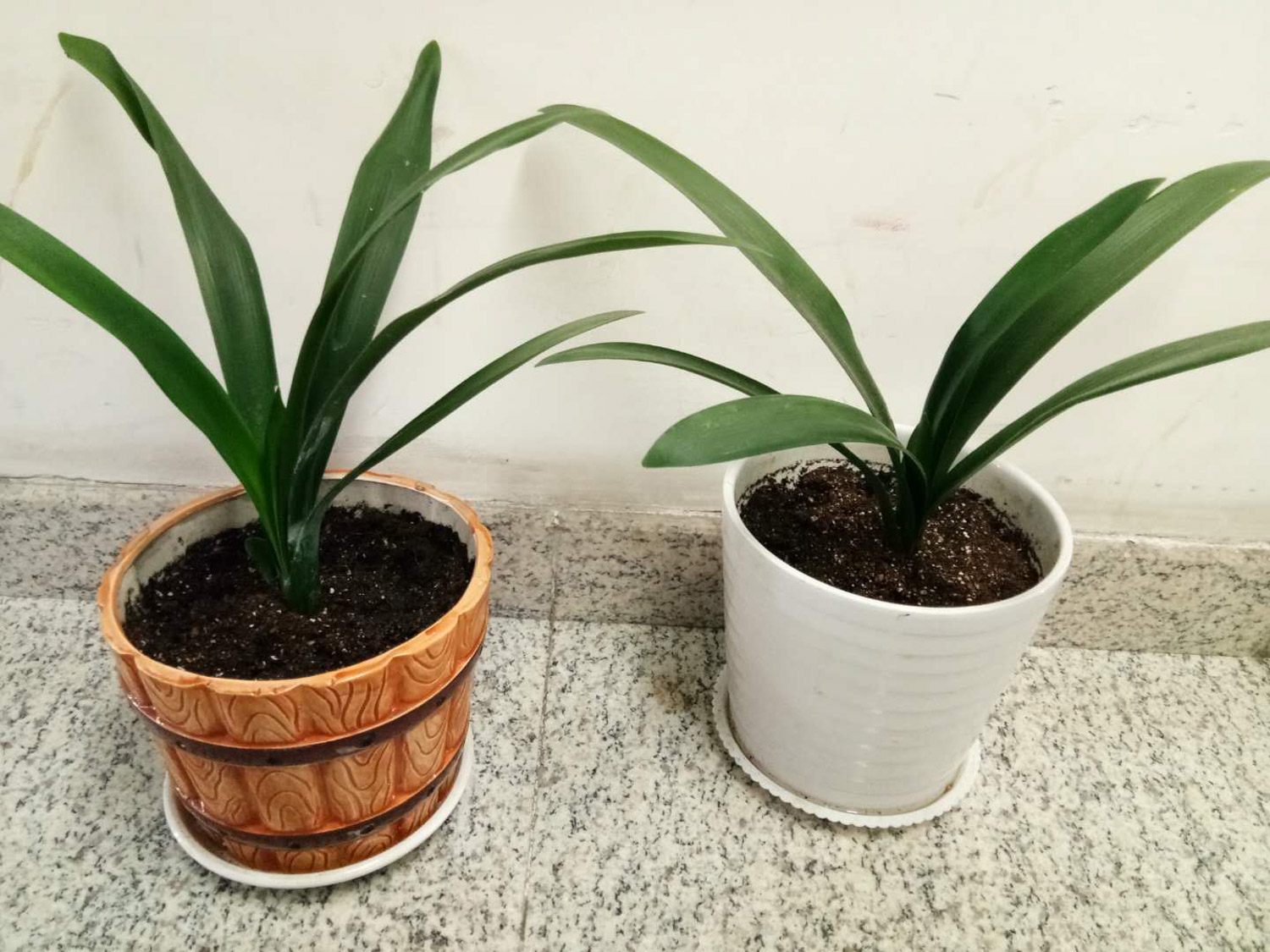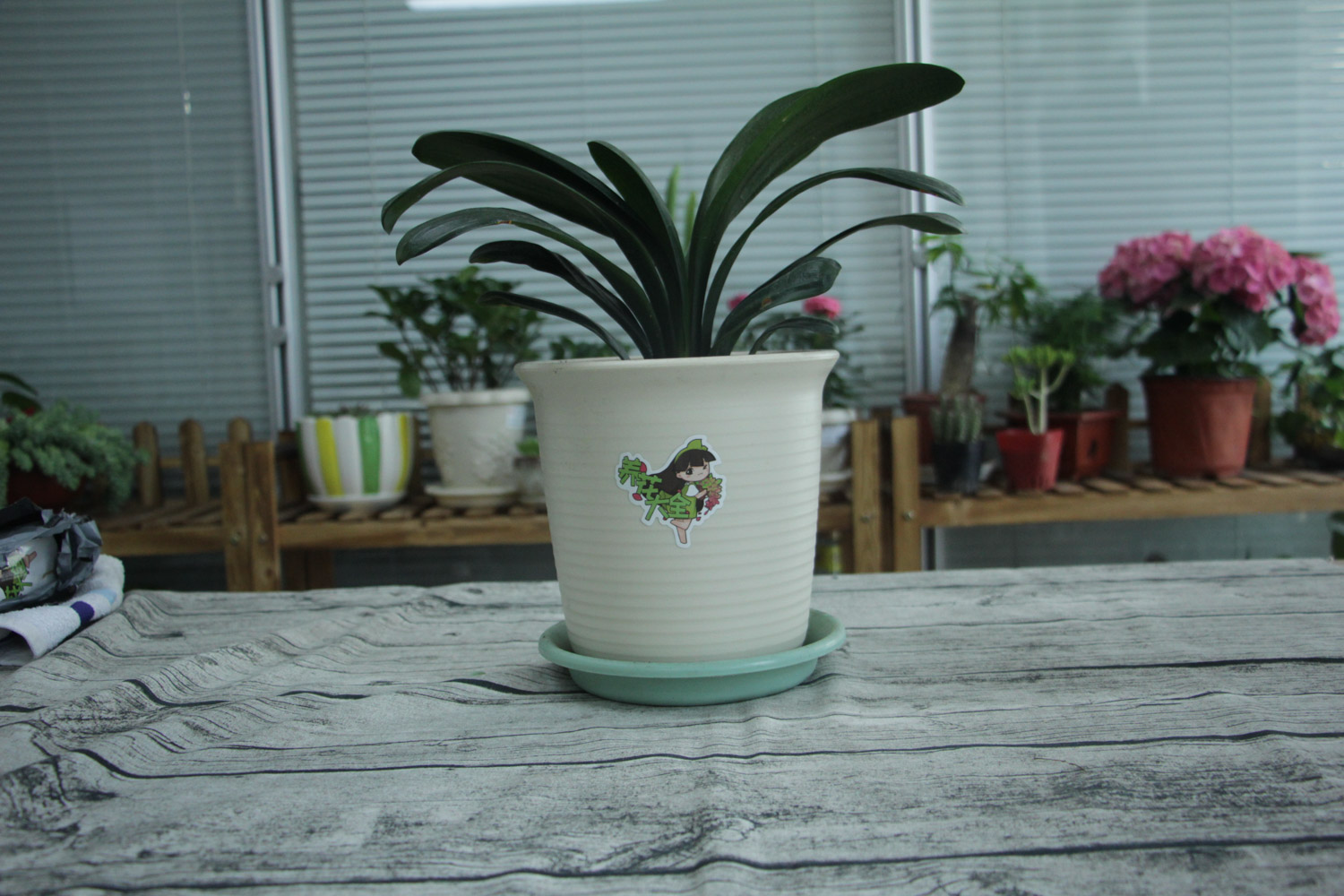1、 Temperature
Clivia likes a slightly cool climate, is afraid of high temperature, and is not resistant to high temperature. The temperature conducive to its growth is between 15 and 25 ℃. When the temperature exceeds 30 ℃ and is lower than 10 ℃, temperature control measures should be taken in time. In summer, ventilation should be strengthened in case of high temperature, strong light should be blocked in time, and water should be sprayed frequently to cool down. In winter, we should move indoors and keep warm with reasonable temperature control. Note that there should be a large temperature difference between day and night during its flowering. It is best to control the temperature between 5 and 15 ℃, so that the flower arrows can be drawn out as scheduled

2、 Illumination
Clivia likes light and has certain shade tolerance, but is afraid of strong light exposure. At the end of spring, summer and the beginning of autumn, the light is relatively strong. It should be shielded in time to avoid sunburn. The light in early spring, late autumn and winter is very soft. At this time, you can put it in a place with good lighting and let it bask in the sun to meet its demand for light. Only in this way can it grow vigorously and better draw flowers and arrows and bloom
3、 Watering
The root system of Clivia is fleshy, with certain drought tolerance and fear of water logging. It doesn't need to be watered too often. If the soil is dry, it can be watered again. If the soil has moisture, you don't need to water. Watering too often can't absorb it. On the contrary, it is easy to Rett roots, resulting in rotten roots. In addition, it has certain requirements for air humidity. If the climate is relatively dry, it is recommended to put a basin of clean water around the flower pot, or often spray water around to improve the humidity
4、 Fertilization
Clivia is a fertilizer loving plant. When cultivating, it is necessary to put fertilizer into the flower pot as the base fertilizer, and the rotten organic fertilizer can be used as the base fertilizer. It consumes a lot of nutrients in the peak growth season, so it needs topdressing in time. Especially before and after flowering, it is necessary to spray potassium dihydrogen phosphate fertilizer solution to supplement phosphorus and potassium fertilizer to promote better flowering. In addition, it is recommended to regularly wipe the leaves with a wet rag during the maintenance of Clivia, which can make the leaves greener

5、 Soil
Pay attention to the soil used during the cultivation of Clivia. It has high requirements for the soil, which must be soft, breathable, permeable and rich in fertility. It can be mixed with rotten leaf soil and river sand in the proportion of 7:3, or peat soil, pine needle soil, perlite and rotten peanut shell in the proportion of 2:2:1:1. Note that the soil prepared by yourself needs to be disinfected before it can be used to prevent insect eggs and bacteria
6、 Change Basin
1. Pot changing time: it needs to change pots every year for the maintenance of Clivia. The time is usually from March to April in spring or around September in autumn. The climate temperature is more appropriate, which is conducive to its recovery and reduce the damage to Clivia
2. Removing pots and pruning roots: when preparing to change pots, water should be cut off in advance, about one week. In this way, there is a gap between the flowerpot and the soil, which is easy to remove the pots and reduce the damage to the roots. After taking off the basin, trim the rotten roots, old roots and dead roots of Clivia, and apply carbendazim to the wound for disinfection. After disinfection, put it in a cool place to dry the wound
3. Prepare pot soil: the flower pot should be larger than the original pot to meet the demand for space. The soil shall be prepared according to the above method to ensure that it is soft, breathable and fertile

4. Pot planting: when pot planting, first place a layer of ceramsite at the bottom of the pot to improve the air permeability and water permeability. Then put it into the soil, lay a layer of rotten fertilizer as base fertilizer, and then lay a layer of nutrient soil, and plant Clivia into the soil. After planting, it needs to be watered in time to make the Clivia closely combined with the basin soil. Finally, maintain in a warm, ventilated and semi cloudy environment. If the environment is suitable, growth will resume soon
7、 Diseases and insect pests
During the maintenance of Clivia, if the environment provided is not suitable, such as poor ventilation, high humidity or high temperature, it is easy to be infected with diseases and pests. Common diseases include leaf spot, anthrax, soft rot, etc. no matter what kind of disease is found, the plant should be isolated as soon as possible, and the medicine for sterilization and disinfection should be sprayed for treatment. Common pests include scale insects, which will suck the juice inside the plant, lead to yellow leaves and even soot. Scrape off as soon as possible after discovery. If there are many pests, spray 1000 times of 25% imithion emulsion to eliminate them
8、 Ramet
Clivia is usually propagated by branching. Cut off the water for Clivia in advance, so it is convenient to take off the basin. After removing the basin, disperse the soil mass to expose the root system. Use the sterilized knife to remove the small Clivia Germinating on the mother plant. If it has roots, it can be planted directly in the soil. If there is no root system, it can be watered first, and then transplanted into the soil after rooting
What about Clivia with arrows
1. Put on a black bag: if there is an arrow clamping situation in Clivia, put a black plastic bag on it to completely block the light, which can promote the flower arrow to grow in vain, so that the flower arrow can grow faster. Generally, it will recover in three or four days
2. Increase the temperature difference between day and night: the arrow clamping situation of Clivia is likely to be caused by the discomfort of the environment provided. Be sure to pay attention to the temperature difference during archery, and try to make the temperature difference larger in the morning and evening, so that it is easier to draw an arrow. For example, the temperature is controlled at about 25 ℃ during the day and 15 ℃ at night, which is conducive to archery
3. Tie the leaves with cloth strips: when Clivia holds arrows, it can also tie the leaves on both sides with cloth strips, which can promote the drawing out of the flower arrows in the middle, which is beneficial to its flowering

What about the rotten roots of Clivia
The root system of Clivia is fleshy and afraid of waterlogging. Its rotten roots are usually caused by too much watering, which will seriously affect the growth and even the whole plant will die. Once rotten roots are found, remove the pots and roots as soon as possible, dispose of all rotten roots and sterilize them. The original soil can no longer be used. It needs to be disposed of and a new nutrient soil is prepared. When it is ready, plant it in pots again. If it is properly managed, it may continue to take root. Note that the number and amount of watering in the later stage shall be well controlled, and ponding is strictly prohibited

 how many times do yo...
how many times do yo... how many planted tre...
how many planted tre... how many pine trees ...
how many pine trees ... how many pecan trees...
how many pecan trees... how many plants comp...
how many plants comp... how many plants can ...
how many plants can ... how many plants and ...
how many plants and ... how many pepper plan...
how many pepper plan...





























